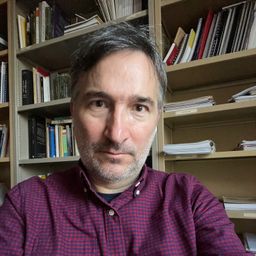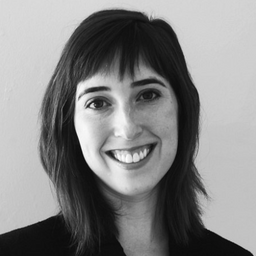Requalification: documenting a new history of heritage | La requalification : documenter une nouvelle histoire du patrimoine
Mon statut pour la session
Recuperation, reuse, recycling, reconversion, requalification: for over half a century, these concepts have been simultaneously associated with the notion of heritage. This period has been, in effect, marked by the transition from a “heritage of contemplation” to a “heritage of use,” to borrow Jean-Claude Marsan’s expression. In fact, buildings and sites are no longer just safeguarded for historic or aesthetic considerations, but for a new usage that is supposed to give them contemporary relevance in return. They must, to a certain extent, find a new useful life beyond the heritage values of which they were said to be bearers. In doing so, a new chapter of the history of buildings and their sites—to take up the theme of the annual conference of the SSAC—superimposes itself on those that have already been written.
This session seeks to examine cases of the reuse of heritage, whether historic or current, in order to better understand, through a theoretical or empirical approach, the consequences of the emergence of such a practice in the sphere of heritage. Papers could present case studies of requalification. They could testify to a practice or to a particular approach. They could likewise analyze or present an inherent questioning of such a practice. The objective is to foster a history of the requalification of heritage in Canada.
____
Récupération, réutilisation, recyclage, reconversion, requalification : ces concepts ont été couramment associés depuis plus d’un demi-siècle à la notion de patrimoine. Cette période a été en effet marquée par le passage d’un « patrimoine de contemplation » à un « patrimoine d’utilisation », pour reprendre l’expression de Jean-Claude Marsan. Les bâtiments et les sites ne furent en effet plus seulement sauvegardés pour des considérations historiques ou esthétiques, mais pour un nouvel usage qui devait leur redonner une pertinence contemporaine. Ils durent, en quelque sorte, retrouver une vie utile au-delà des valeurs patrimoniales dont on les disait porteurs. Par ce geste, un nouveau chapitre de l’histoire des bâtiments et des sites — pour reprendre la thématique du congrès annuel de la SÉAC — se superposait à ceux déjà écrits.
Cet atelier souhaite examiner des cas de réutilisation du patrimoine, qu’ils soient historiques ou actuels, afin de mieux comprendre par une approche théorique ou empirique les conséquences de l’émergence d’une telle pratique dans le milieu du patrimoine. Les communications peuvent présenter des cas exemplaires de requalification. Elles peuvent témoigner d’une pratique ou d’une approche particulière. Elles peuvent également analyser ou présenter un questionnement inhérent à une telle pratique. L’objectif est d’alimenter une histoire de la requalification du patrimoine au Canada.
Sous sessions
Au début des années 1970, l’Université du Québec à Montréal, université publique créée quelques années plus tôt, décide de construire son nouveau campus au coeur du centre-ville. Le choix du site a un impact majeur sur deux édifices historiques : l’église Saint-Jacques et la chapelle Notre-Dame-de-Lourdes. Les architectes choisirent de conserver le clocher et le transept sud de l’église Saint-Jacques tandis que la chapelle fut conservée intégralement. Deux pavillons aux lignes franchement ...
In the 1960s, Ed and Anne Mirvish transformed a Toronto city street lined with late- Victorian homes into a commercial and cultural enclave. On Markham Street – later known as Mirvish Village – living rooms became cafés and front porches were shorn and shop windows installed in their place. Jane Jacobs celebrated this transformation as an expression of a living city in which users adapted buildings to suit changing needs. The creation of a public realm on a former residential stree...
The OED defines heritage as “that which has been or may be inherited. ...”1 This implies a linear succession –but what constitutes heritage in the LGBTQ+ community, where marginalization has defined life experiences for centuries? Unlike race, religion, or other marginalizing societal factors, gender identity and sexual orientation are not passed down to children from their parents. Since the post-war beginnings of gay rights activism in North America, gay villages in urban centres...



Discussion